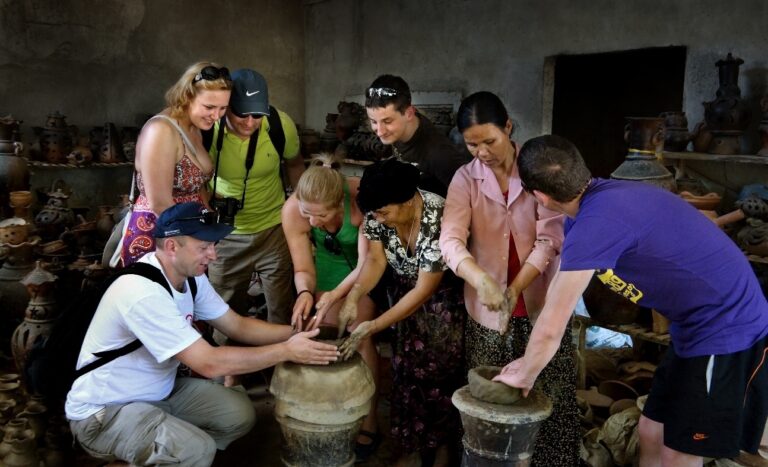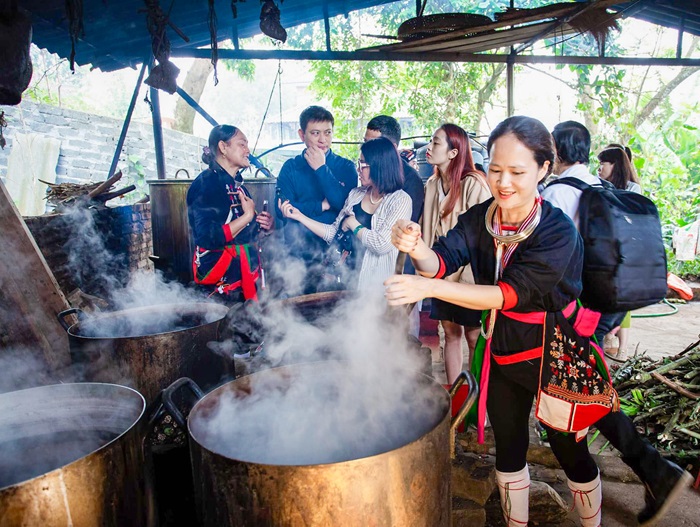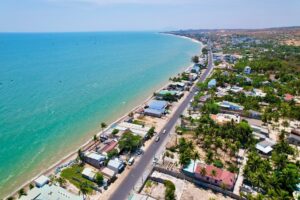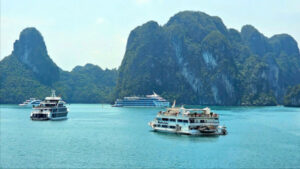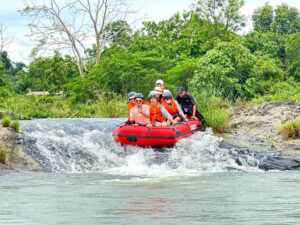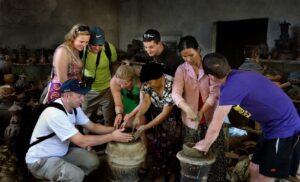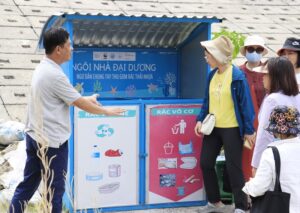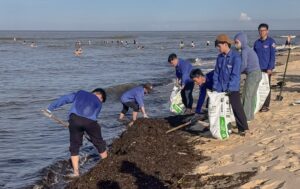It is the first time Polish experts from Warszawa University (Poland) have coordinated with the My Son Cultural Heritage Management Board to survey archeological site at My Son Sanctuary (QuangNam province), with using LiDAR technology.
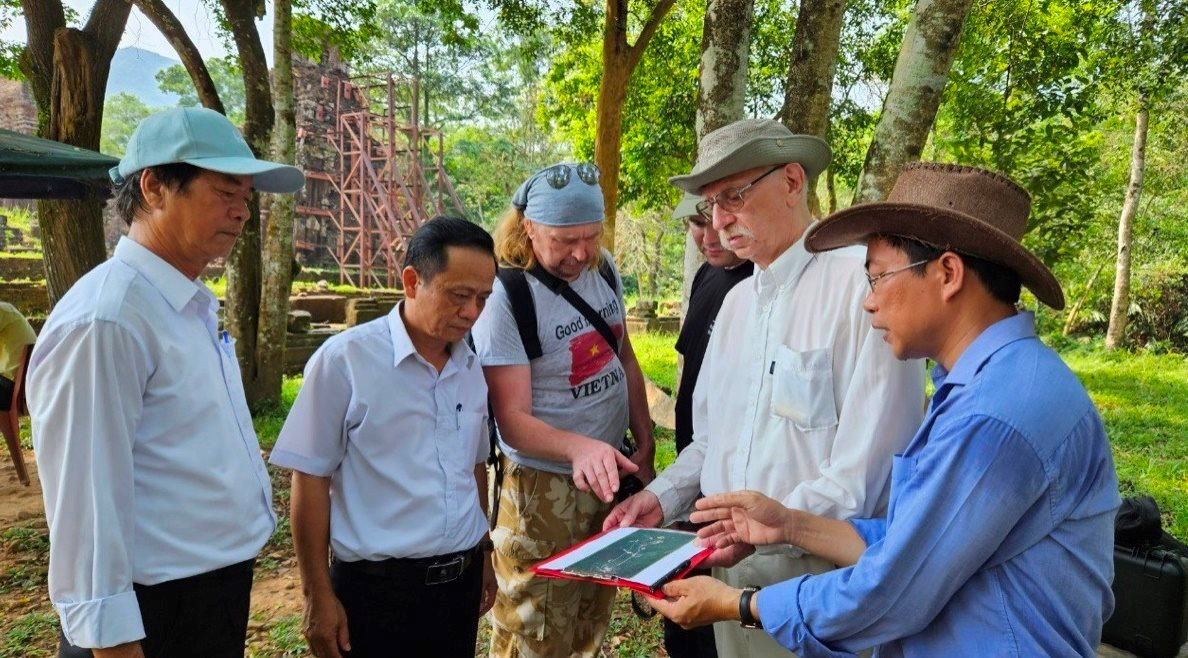
Polish experts and staff of the My Son Cultural Heritage Management Board
According Deputy Head of the My Son Cultural Heritage Management Board, Nguyen Cong Khiet, Polish experts use LiDAR technology to support surveys at entire My Son relic area from April 4 to 9, such as searching for archaeological traces and ruins covered by forest trees, identifying the current state of the topographic surface and changes in the My Son heritage site, and doing archaeological work as a scientific basis for effective conservation of My Son relics.
LiDAR is a remote sensing method that uses light in the form of a pulsed laser to measure the distance from a starting position to a target. After that, these pulsed lights will be combined with data recorded by the airborne system to analyze information via three-dimensional technology.
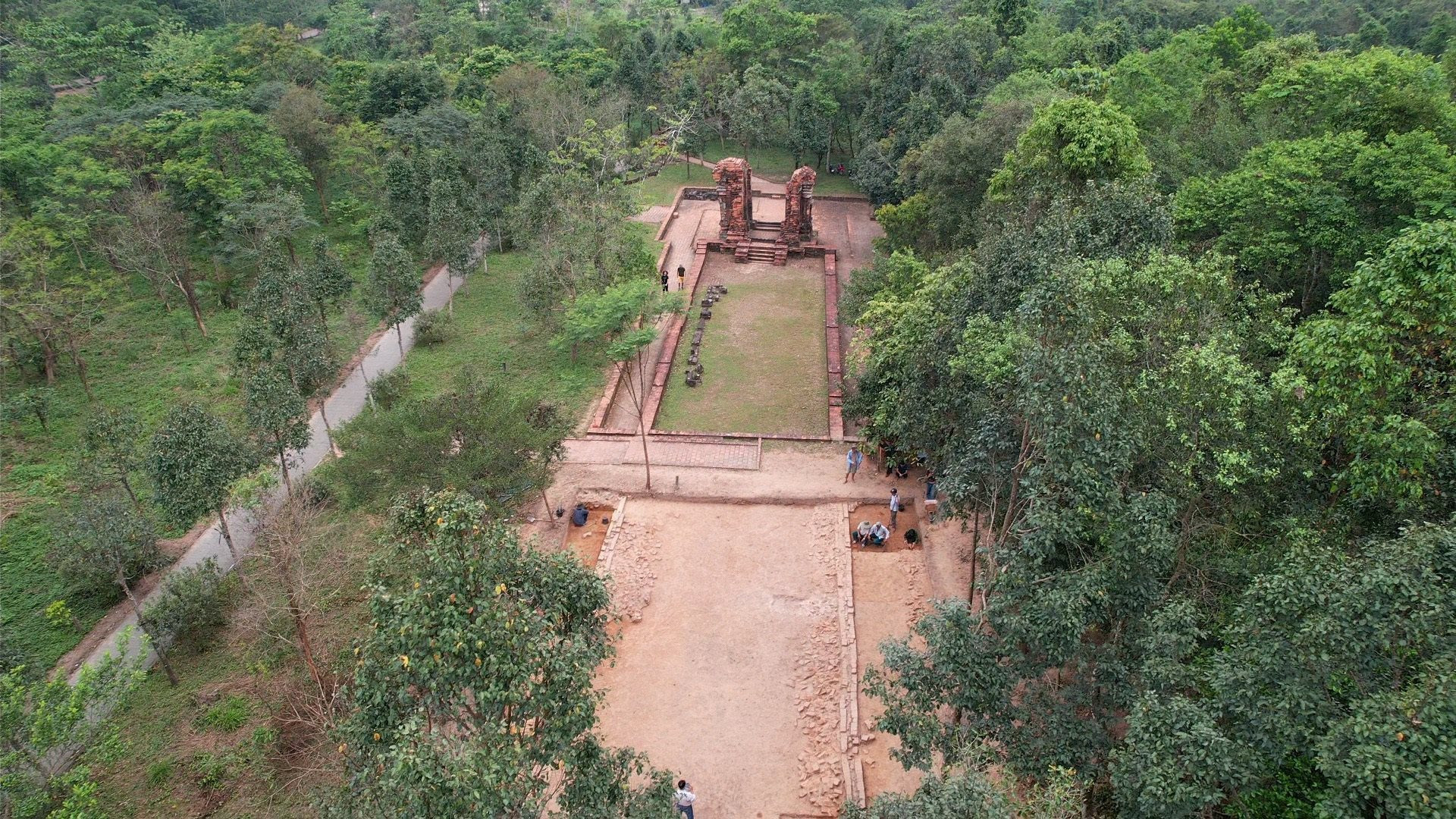
Several architectural traces of My Son Sanctuary are still buried underground.
My Son Sanctuary was built in the 4th century by Cham people. After that, it was continuously added with large and small towers. This process only ended when the northern lands of Thu Bon River merged into the territory of Dai Viet in 1306.
Since the early 20th century, when French scientists came to My Son, they discovered there were still 68 architectural works distributed into 8 clusters here. Each cluster had a main temple tower and auxiliary temple towers.
Through the time and human impacts, especially the change in topographic surface as well as the transformation of the streams, many ruins at My Son Sanctuary have been covered by trees, sandy soil.
Therefore, the use of LiDAR technology for archeological survey at My Son Sanctuary is considered as a necessary and appropriate method, thereby helping identify the surface and terrain changes of this site in the past and present in order to restore and promote the values of My Son Sanctuary effectively.
Reportedly, Vietnam and Poland cooperated to preserve My Son relics for more than 40 years ago when the late Polish architect Kazimierz Kwiatkowski (Kazik) (1944 - 1997) came to work and restore groups of My Son towers during the period of 1980 - 1994.
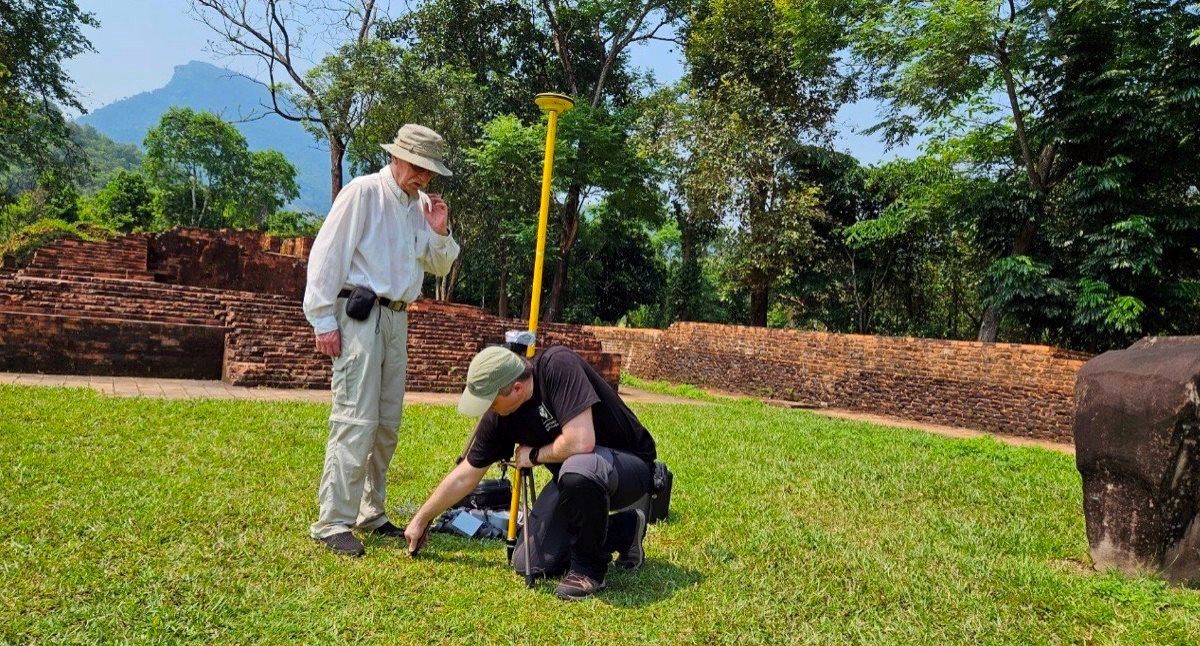
Polish experts use LiDAR technology at My Son Sanctuary
According to Khiet, restarting the cooperation program with Poland, especially in doing research and conservation of My Son relics, has important significance in the relationship between the two countries, Vietnam and Poland.
Beside, it makes an important contribution to connect the next generation of Polish and Vietnamese scientists in the conservation of My Son Sanctuary, a world cultural heritage site.
During this working visit, Polish experts and representatives of the Vietnam Institute of Geosciences and Mineral Resources also make a documentary film about the late Polish architect Kazik.
Translated by Quoc Hung


